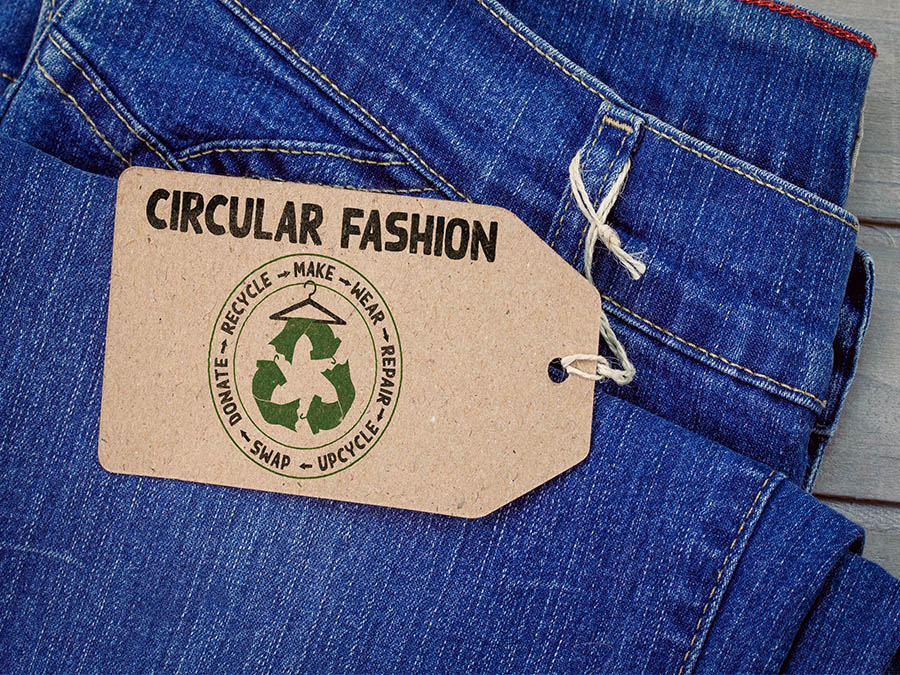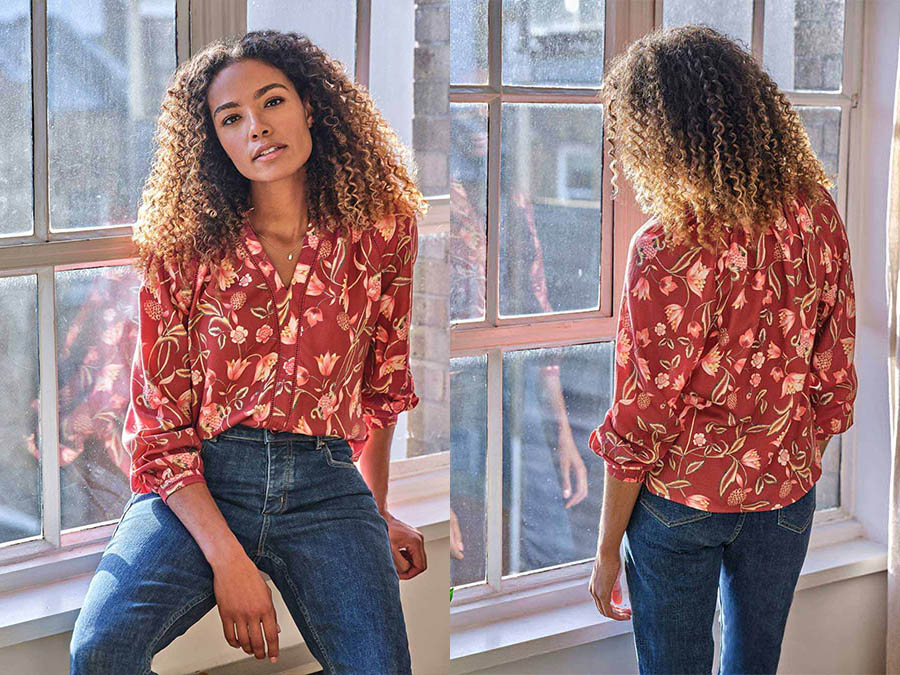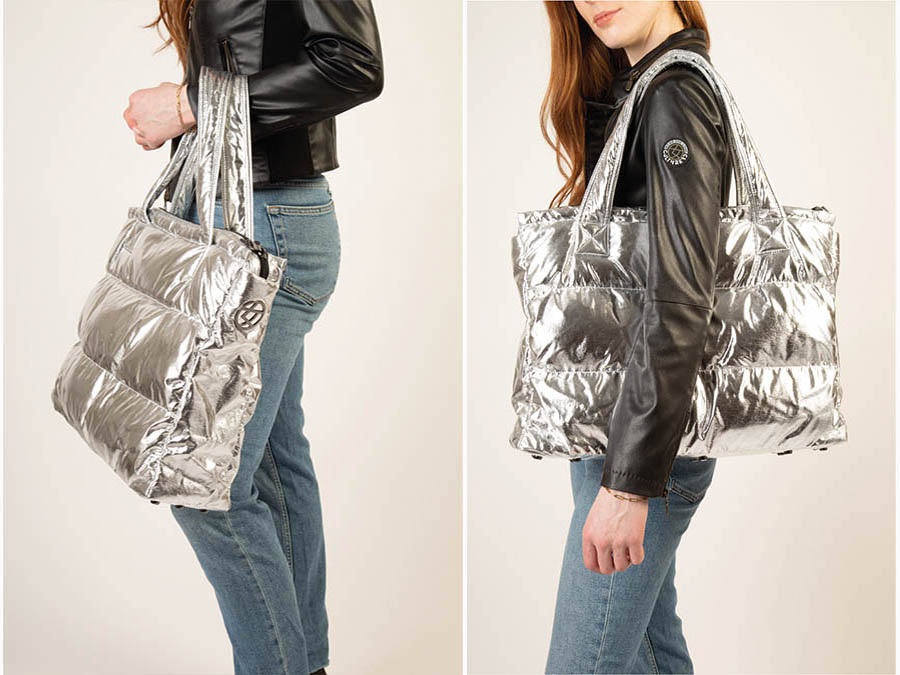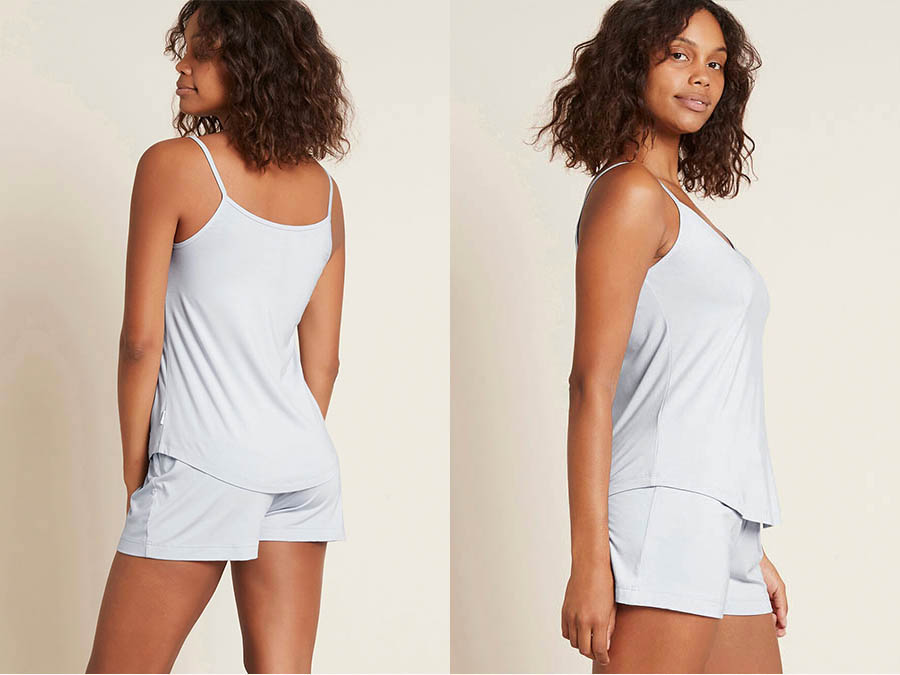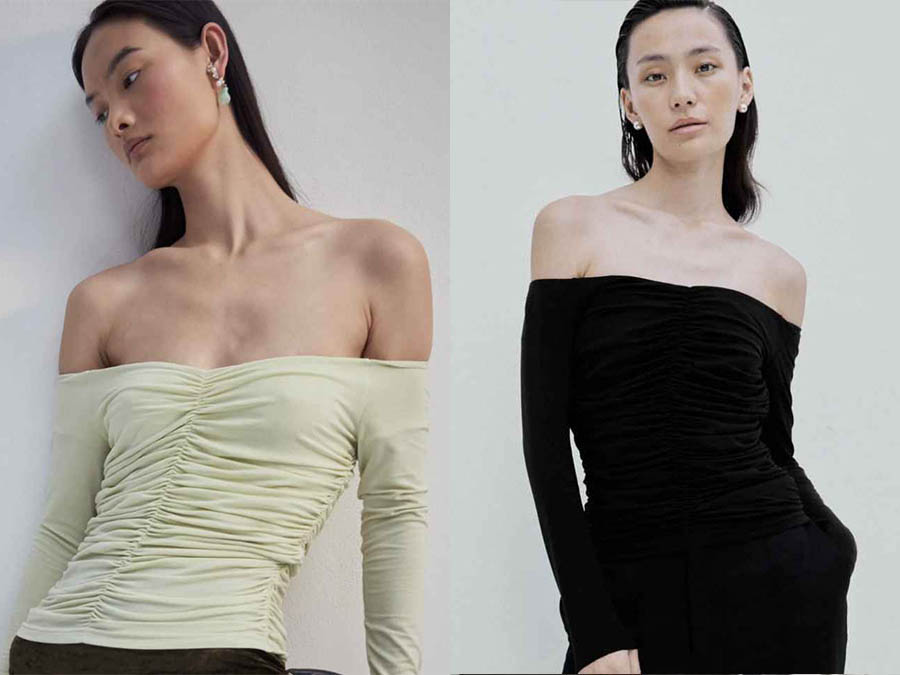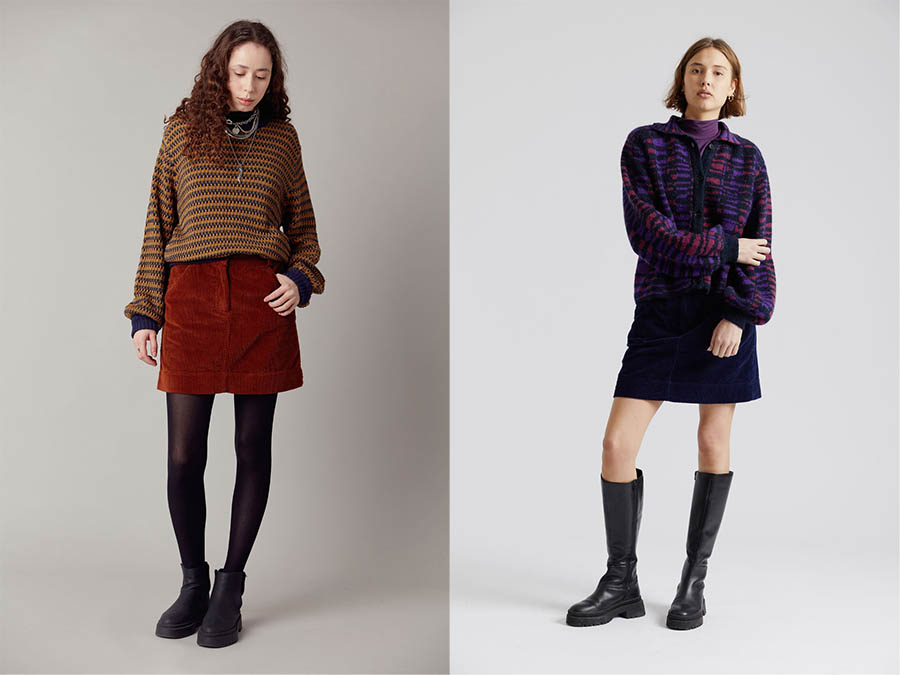All About Circular Fashion
The term “Circular fashion” is a transformative approach to the fashion industry that aims to minimize waste, reduce environmental impact, and promote sustainable consumption patterns.
Unlike the traditional linear fashion model, which follows a “take-make-dispose” cycle, circular fashion embraces a more holistic and eco-conscious approach.
Here at Sustainablefashion.ie , we will delve into the concept of circular fashion, its principles, benefits, challenges, and the role it plays in creating a more sustainable future for the fashion industry.
1. Understanding the Linear Fashion Model
To appreciate the significance of circular fashion, it’s essential to first understand the conventional linear fashion model. In this linear system, clothing is produced, used, and eventually discarded.
This results in massive waste, depletion of resources, and environmental degradation. The fast fashion industry, characterized by rapid production and low-quality garments, has exacerbated these problems, contributing to pollution and exploitation of labour.
2. Circular Fashion Defined
This term is a response to the flaws of the linear fashion model. It represents a shift from the “take-make-dispose” approach to one that prioritizes sustainability, longevity, and resource efficiency.
At its core, circular fashion seeks to create a closed-loop system where materials and products are continually reused, recycled, or upcycled, reducing waste and minimising the environmental footprint of the fashion industry.
3. Principles of Circular Fashion
This term covers several key principles.
- Design for Durability and Longevity: Garments are designed to last, using high-quality materials and construction techniques that withstand wear and tear.
- Repair and Maintenance: Encouraging consumers to repair and maintain their clothing promotes a longer lifespan for fashion items.
- Reuse: Clothing can be resold, rented, or swapped, extending their usefulness and reducing the need for new production.
- Recycling and Upcycling: Materials from old clothing are repurposed into new items, reducing waste and conserving resources.
- Sustainable Materials: It emphasises the use of sustainable and eco-friendly materials, such as organic cotton, Tencel, or recycled fibers.
- Responsible Production: Manufacturers are expected to adhere to ethical and environmentally responsible production practices.
4. Benefits of Circular Fashion
It offers a multitude of benefits.
- Environmental Preservation: By reducing waste and minimising resource consumption, circular fashion helps conserve natural resources and mitigates the environmental impact of fashion production.
- Reduction in Greenhouse Gas Emissions: Fewer discarded garments mean fewer textiles in landfills, reducing methane emissions and other pollutants associated with textile waste.
- Economic Opportunities: It creates new opportunities for businesses in areas like repair, resale, and recycling, contributing to economic growth.
- Sustainable Consumption: It encourages consumers to make mindful choices, opt for quality over quantity, and reduce the overall demand for new fashion items.
- Preservation of Cultural Heritage: High-quality, long-lasting fashion pieces can become heirlooms, preserving cultural and artisanal traditions.
5. Challenges of Circular Fashion
While it offers tremendous potential, it is not without its challenges.
- Consumer Mindset: Shifting consumer behaviour from fast fashion to sustainable fashion can be a slow and challenging process.
- Infrastructure: Building the necessary infrastructure for recycling and upcycling textiles can be resource-intensive and time-consuming.
- Cost: Sustainable materials and responsible production practices may increase production costs, potentially resulting in higher prices for consumers.
- Limited Accessibility: Solutions like rental services or second-hand markets are not always accessible to all consumers.
- Education and Awareness: Raising awareness and educating consumers about it’s fashion principles and practices is crucial but requires time and effort.
6. Innovations in Circular Fashion
The fashion industry has seen several innovations in the pursuit of circularity:
- Clothing Rental Services: Some companies allow consumers to rent high-quality fashion items for special occasions or everyday wear.
- Second-Hand Markets: Specialised online facilitate the buying and selling of pre-owned clothing.
- Upcycling Brands: Brands like Patagonia are known for their commitment to upcycling, turning old garments into new products.
- Sustainable Materials: Innovations in sustainable textiles, such as mushroom leather and recycled plastic fabrics, are becoming more prevalent.
- Fashion-Tech: The fashion-tech sector is developing solutions like digital wardrobes and clothing repair apps to enhance circular fashion practices.
7. Government and Industry Initiatives
Governments and industry organisations have also recognized the importance of circular fashion and are implementing various initiatives. Some examples include.
- Regulations and Standards: Governments are introducing regulations on sustainability and ethical practices in the fashion industry, pushing brands to adopt circularity.
- Fashion Pacts: Industry coalitions like the Fashion Pact bring together leading fashion companies committed to sustainability, circularity, and responsible production.
- Circular Economy Strategies: Some countries are developing national strategies for transitioning to a circular economy, with a focus on fashion.
- Funding and Research: Funding agencies and research institutions are investing in projects and studies to advance circular fashion solutions.
8. The Role of Consumers
Consumers play a pivotal role in the success of circular fashion. By adopting sustainable shopping habits, such as buying less, buying better quality, and supporting second-hand and rental options, individuals can contribute to a more sustainable fashion industry.
Additionally, consumers can demand transparency and accountability from fashion brands, encouraging them to embrace circular practices.
9. The Future of Circular Fashion
The future holds promise as more brands and consumers commit to sustainable practices.
As technology and innovation continue to drive progress in recycling, upcycling, and sustainable materials, circular fashion will likely become more accessible and affordable.
Consumers will have more choices to align their fashion preferences with their values, contributing to a fashion industry that is both stylish and eco-conscious.
And Finally
In summary, circular fashion represents a profound shift in the way the fashion industry operates.
It embodies principles of sustainability, longevity, and responsibility, aiming to reduce waste, conserve resources, and minimize environmental impact.
While challenges remain, innovations along with government and industry initiatives, are paving the way for a more sustainable and ethical fashion future.
By embracing its principles and practices, consumers can play a vital role in transforming the fashion industry into one that benefits both people and the planet.

